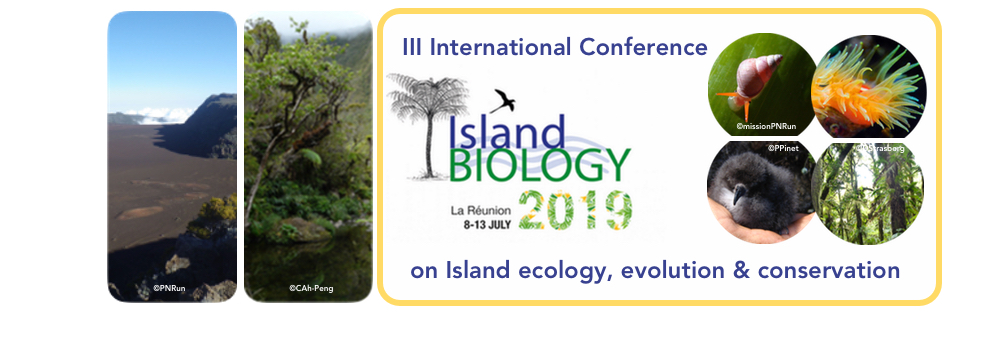The evolution and maintenance of reproductive barriers is a central topic in evolutionary biology as this is fundamental part of the process of speciation. As with most research on evolution, studies of speciation are difficult and the details of the underlying mechanisms are often poorly understood. Systems where closely related species or populations of the same species that have undergone adaptive divergence, come into contact are natural test beds for research on this topic. The Arctic charr (Salvelinus alpinus) of lake Thingvallavatn, Iceland is ideally suited for such studies. The lake was formed at the end of the last glacial epoch just 11-10 thousand years ago and despite its young age it now harbours four morphs of Arctic charr whose distinct variation in life history characteristics, behavior and trophic morphology suggest rapid adaptive diversification, possibly followed by, or causing build-up of reproductive barriers. In this project we focused on the two smallest morphs: a planktivorous (PL) and small benthic charr (SB), which have diverged along the limnetic (open water)- benthic (lake bottom) ecological axis. The central hypothesis underlying our investigation was that reproductive isolation between SB and PL charr is partly due to a strong negative selection against their hybrid offspring. In a common-garden laboratory experiment, we tested whether PL-SB hybrids differ from the pure parental morphs (PL and SB) in the distribution of personality traits and how this correlates with ecologically relevant behavioural- (feeding behaviour) and non-behavioural traits (yolk-sac shape and resorption, head morphology, growth rate). Our results show that PL-SB hybrids exhibit extreme (outside of the parental range) head morphologies. They also follow different ontogenetic trajectories, grow more slowly than the pure parental morphs and also show inconsistencies in their personality traits. These results point towards PL-SB hybrids having reduced fitness and support our main hypothesis of selection acting against hybrid offspring. These findings about reduced fitness in hybrids, combined with striking recent divergence in the system, represent key new information on early stages of speciation in this system, and thus have potentially critical implications for how lake Thingvallavatn and other such systems are managed.

 PDF version
PDF version
